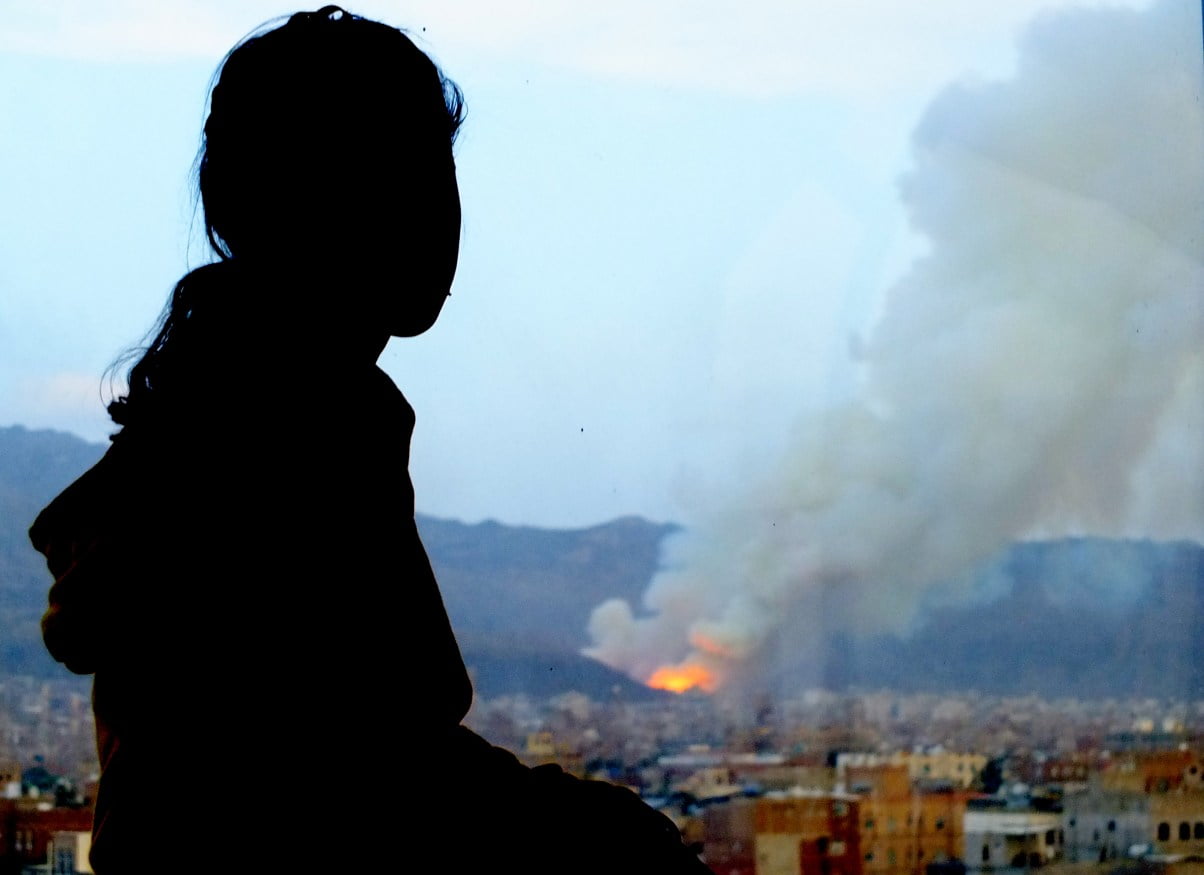The United Nations Office for the Coordination of Humanitarian Affairs, better known as OCHA, is the branch of the UN system that facilitates global responses to humanitarian crises. Today, that office released its forecast of manmade and natural disasters that will demand international responses in 2019.
According to the report, known as the “Global Humanitarian Overview” some 132 million people around the world will need some form of humanitarian assistance next year. Of these, the United Nations and partner organizations will aim to reach 93.6 million people with food, shelter, medicine or other form of life saving assistance.
More than anything else, what is driving this humanitarian need are ongoing conflicts in Yemen, Syria, South Sudan and the Central African Republic. OCHA also cites humanitarian challenges in the DRC, Ethiopia, and Nigeria; an escalating crisis in Cameroon; and drought in Afghanistan as being top drivers of humanitarian needs in 2019.
In all, OCHA estimates that humanitarian agencies will need a combined $21.9 billion in 2019 (though this number excludes needs for Syria because that assessment has not been completed yet.) The actual figure will be around $25 billion.
As you can see from this chart from OCHA, that number would be a similar figure to 2018.


The gap that you see is the amount of money requested and the amount of money actually received. It is in this gap that most of the unnecessary misery from war and disaster occurs. When a disaster strikes, the OCHA puts together a needs estimate against which donors can make pledges. When donors do not meet the full amount requested, it means that individuals affected by the crisis lack food, medicine, shelter and other basic relief items and services. It is this gap that causes the most pernicious suffering among people who are already affected by some horrible disaster. The 2019 needs assessment does not suggest that this gap between what is required and what is provided will shrink in any meaningful way.
